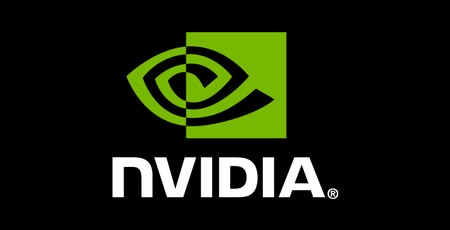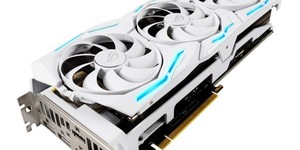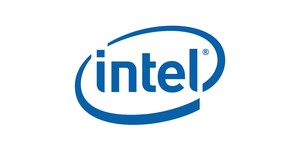
Nvidia has confirmed that it will release a driver update in April that will enable support for DirectX Raytracing (DXR) in Pascal and Turing GTX graphics cards.
Since the launch of Nvidia’s Turing-based RTX family of graphics cards, real-time ray tracing has been a major talking point in the world of PC gaming. Until now, the messaging from Nvidia has been very clear i.e. due to the high computational cost, you need (expensive) RTX hardware – which features RT Cores that accelerate real-time ray tracing – in order to be able to run games with the technique enabled, at least without bringing the game to a stuttering mess.
As was made abundantly clear recently, however, that may well not be the case; Crytek has shown real-time ray tracing running on a demo called Neon Noir with convincing reflections rendered using its CryEngine game engine, and the kicker is that it was claimed to be running on the AMD Radeon RX Vega 56 graphics card, a GPU with precisely zero cores designed to accelerate ray tracing workloads. The obvious implication is that it may be possible to achieve real-time ray tracing without dedicated cores, thus potentially leaving Nvidia's RTX customers wondering why they have paid for the privilege, and those using existing graphics cards wondering if they might be able to get in on the action without a costly upgrade.
In what can only be read as a rushed response to this demo, earlier today Nvidia held a briefing call for technical press in order to firstly reiterate the benefits of having dedicated RT Cores for processing real-time ray tracing and secondly confirm the upcoming release of a driver that will allow GTX 1060 6GB graphics cards and above – including the recently released GTX 1660 and GTX 1660 Ti – to start turning on ray tracing in the few games that currently support it. This will be achieved by enabling support for DirectX Raytracing (DXR), a cross-vendor extension of the DirectX 12 API specifically developed for real-time ray tracing and which games like Battlefield V and Metro Exodus leverage, not forgetting the 3DMark Port Royal benchmark.
It will certainly be interesting next month to see if any of Nvidia’s current cards can handle DXR processing while maintaining acceptable frame rates at half-decent image quality settings.

MSI MPG Velox 100R Chassis Review
October 14 2021 | 15:04








Want to comment? Please log in.